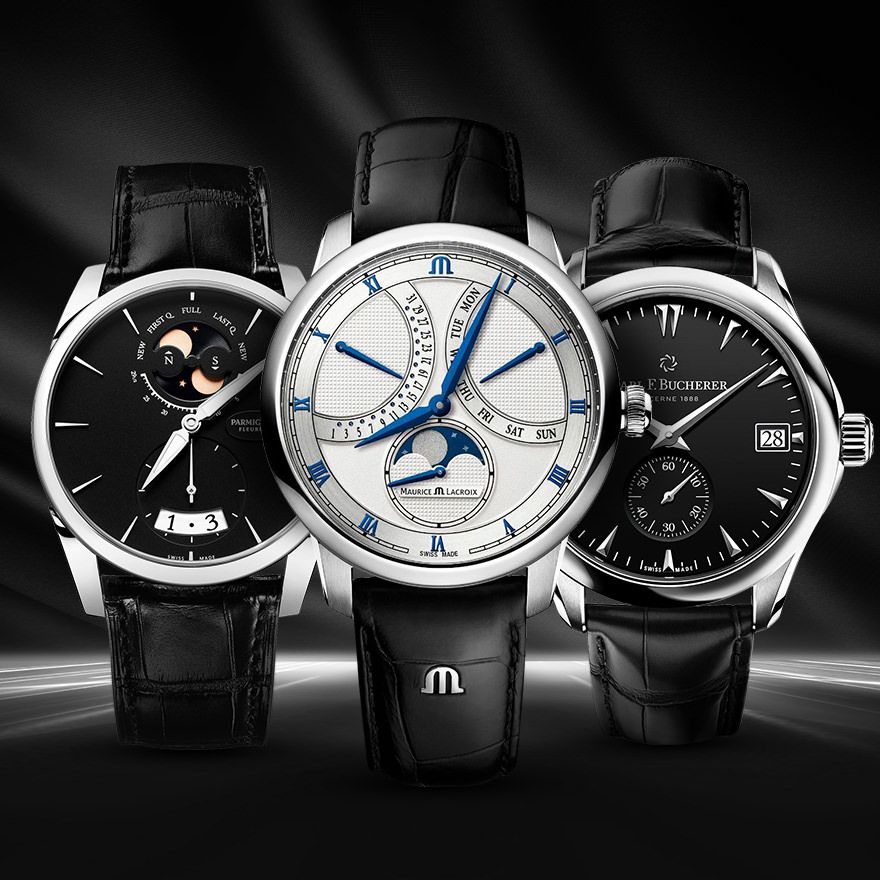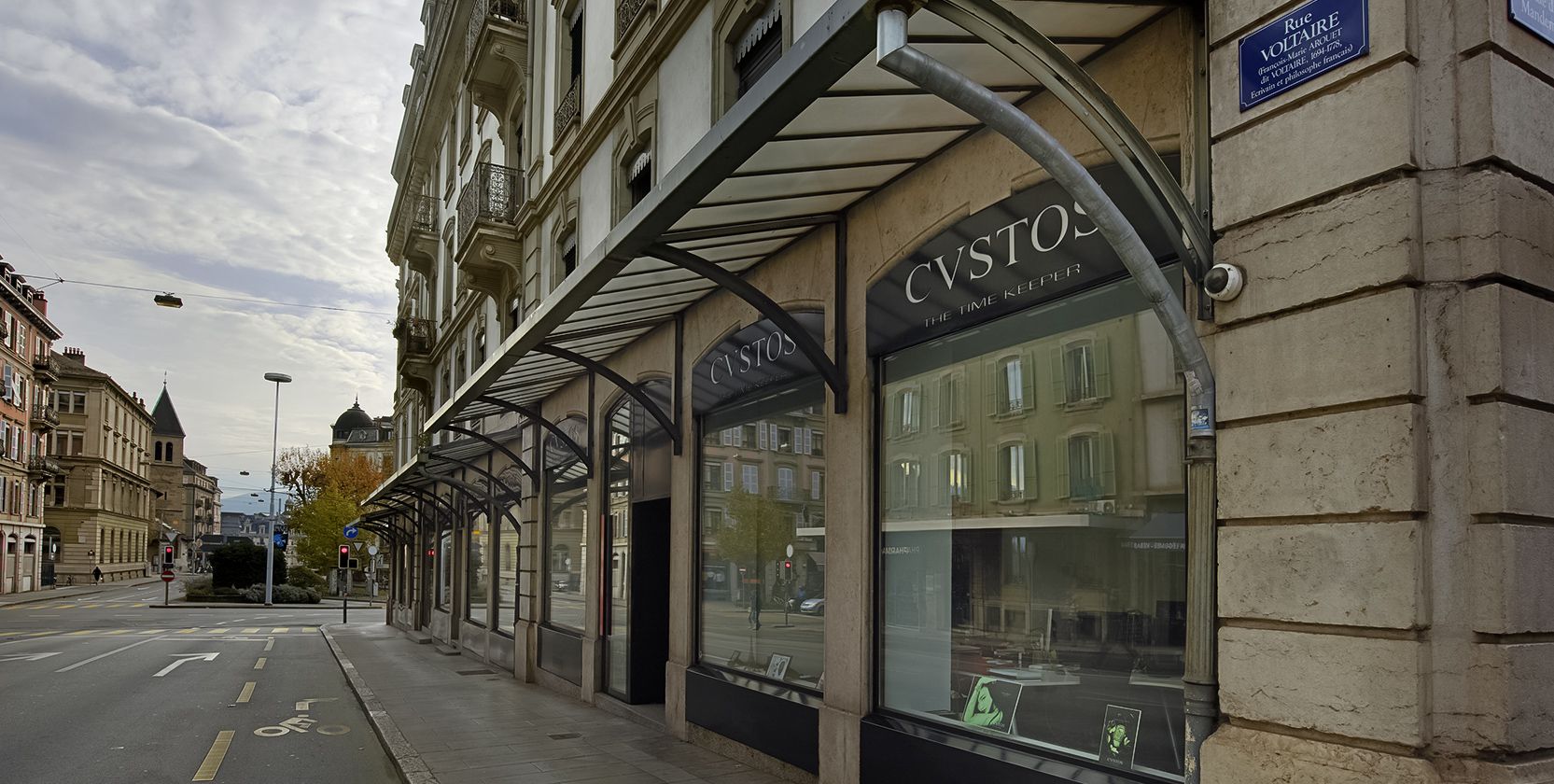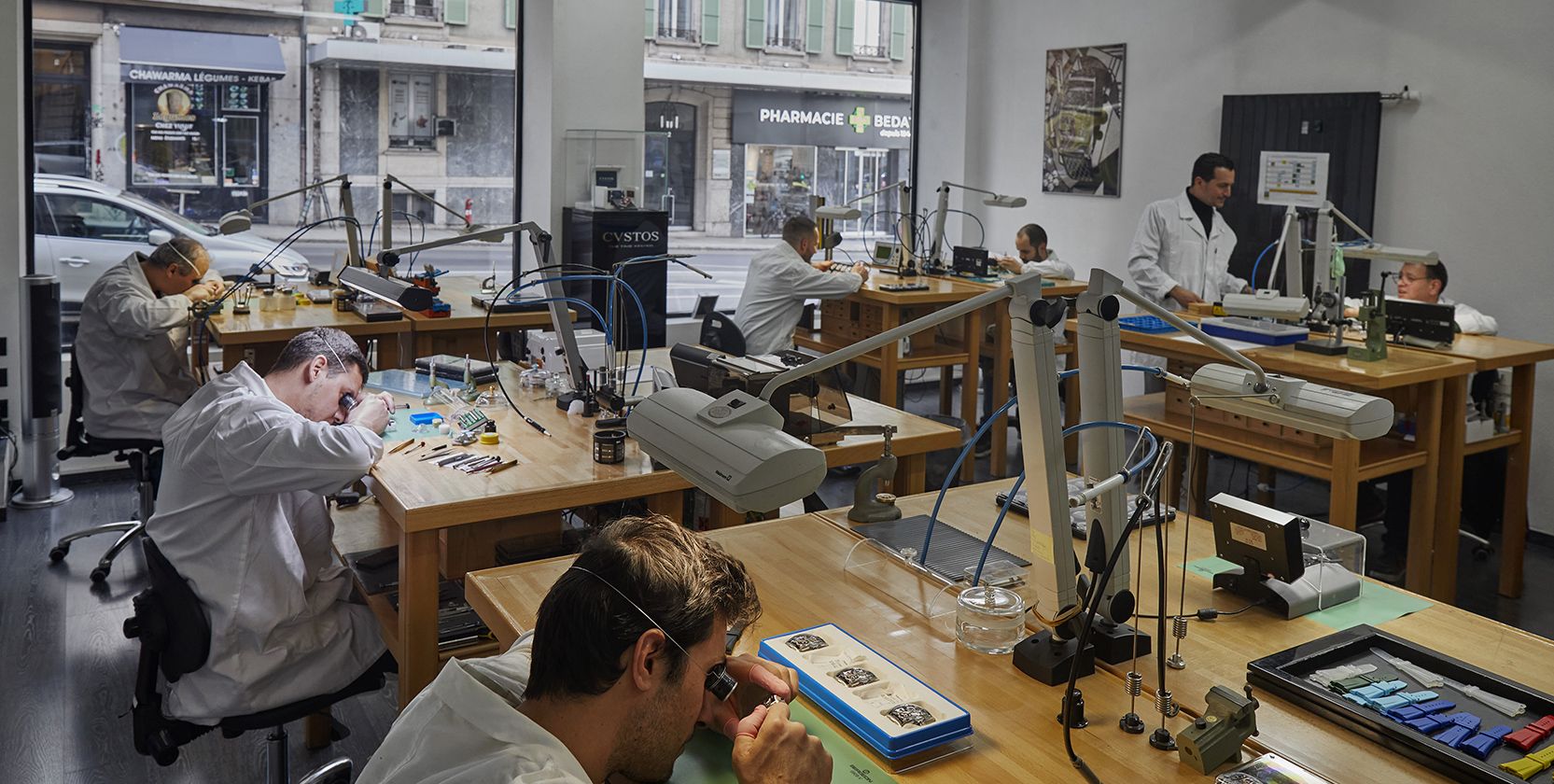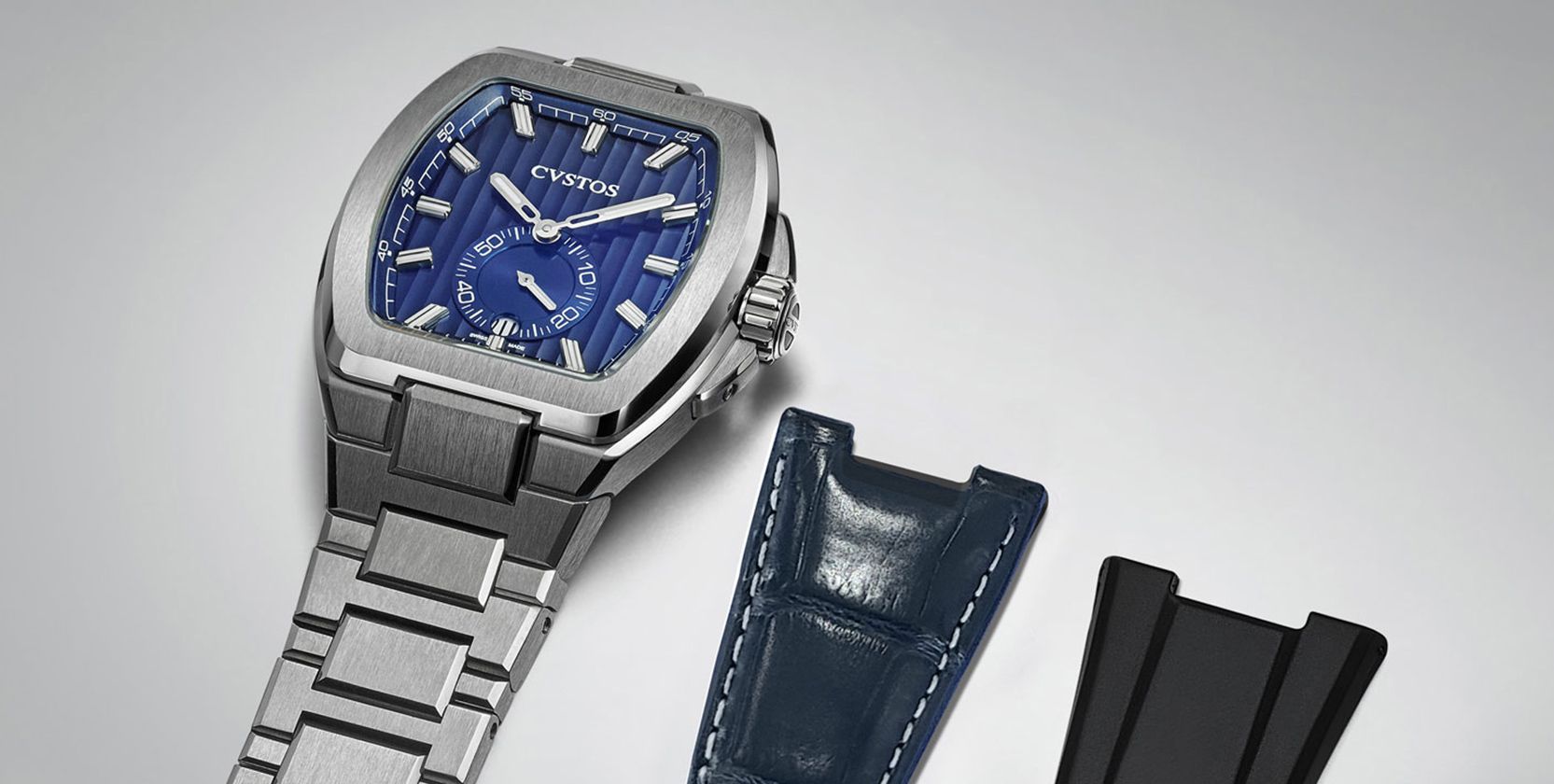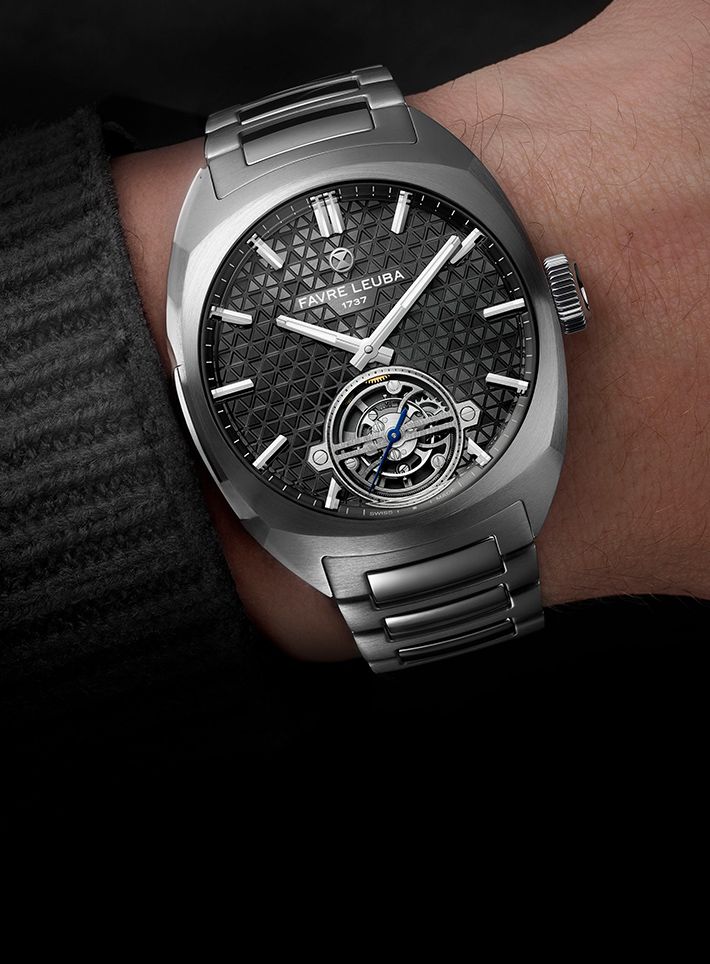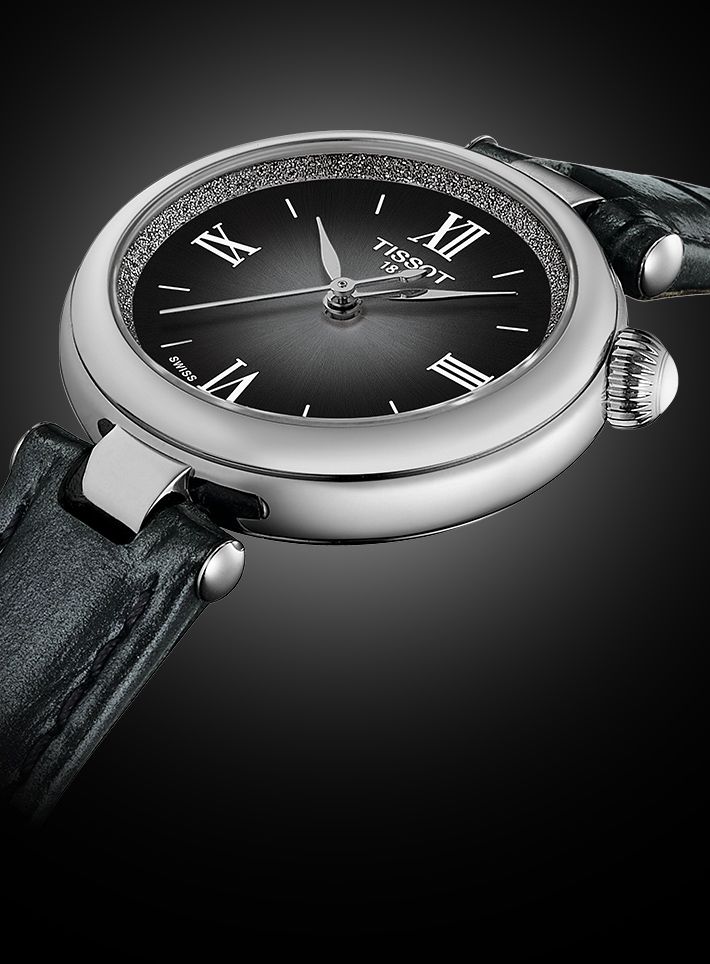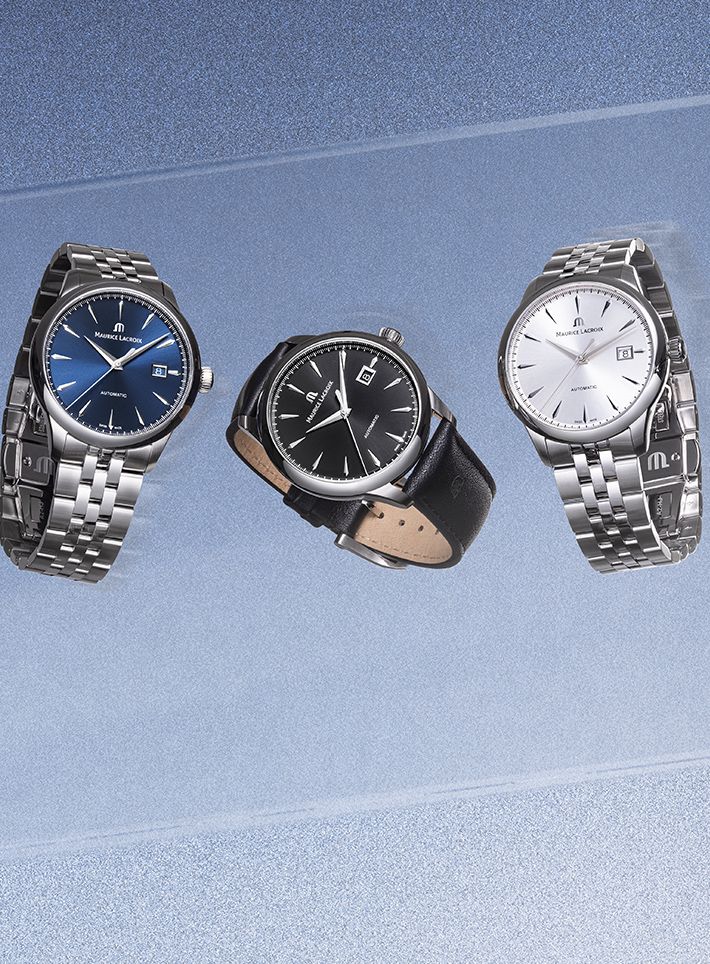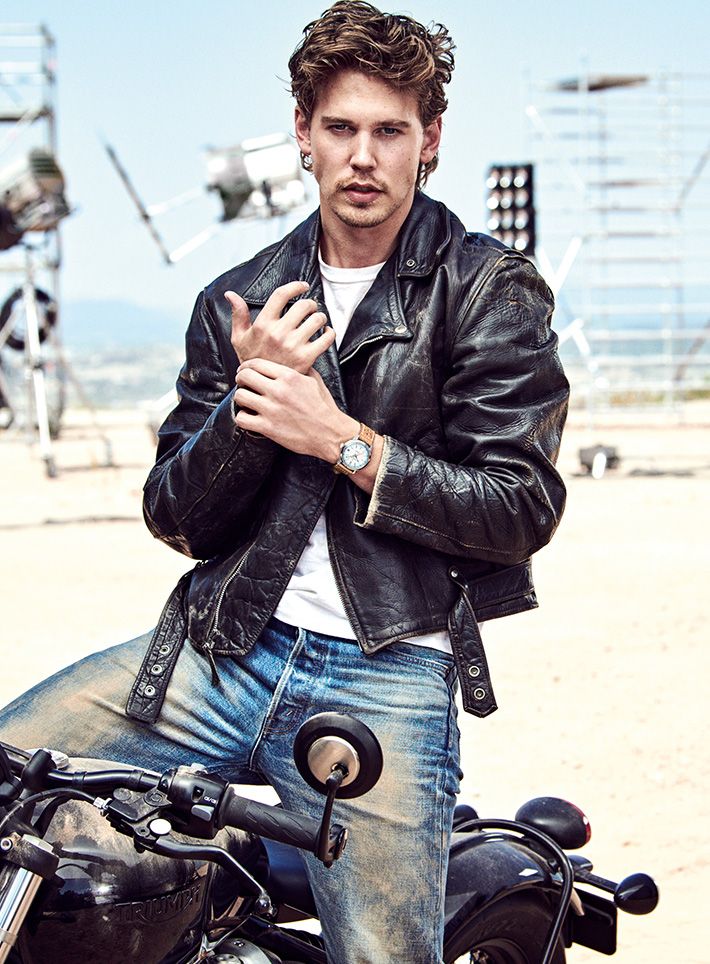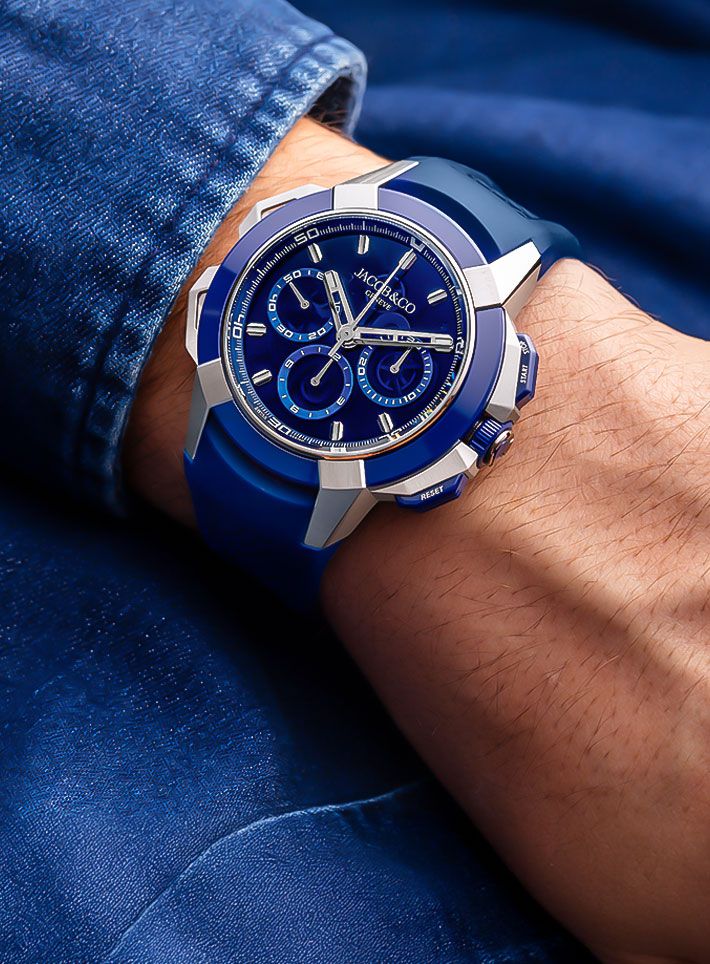Q&ACvstos’s Co-Founder On The Brand’s Identity
After an early start in the watch industry, with his father’s brand Franck Muller, Sassoun Sirmakes founded Cvstos along with designer Antonio Terranova, to give the world of timepieces their own take on fine watchmaking. Sirmakes tells us about the vision for the brand and what sets them apart
May We Recommend
How would you define your brand? What’s the DNA of Cvstos?
First of all, Cvstos is a is avant-garde brand with an avant-garde design language, also in terms of the technical aspects of watchmaking. But all this in the modern way. When you discover the Cvstos, you discover a lot of detail on the product. There is a sporty look, but with a luxurious feeling. The details of the dial, of the movement, and the decoration—all of it makes it a high product quality.
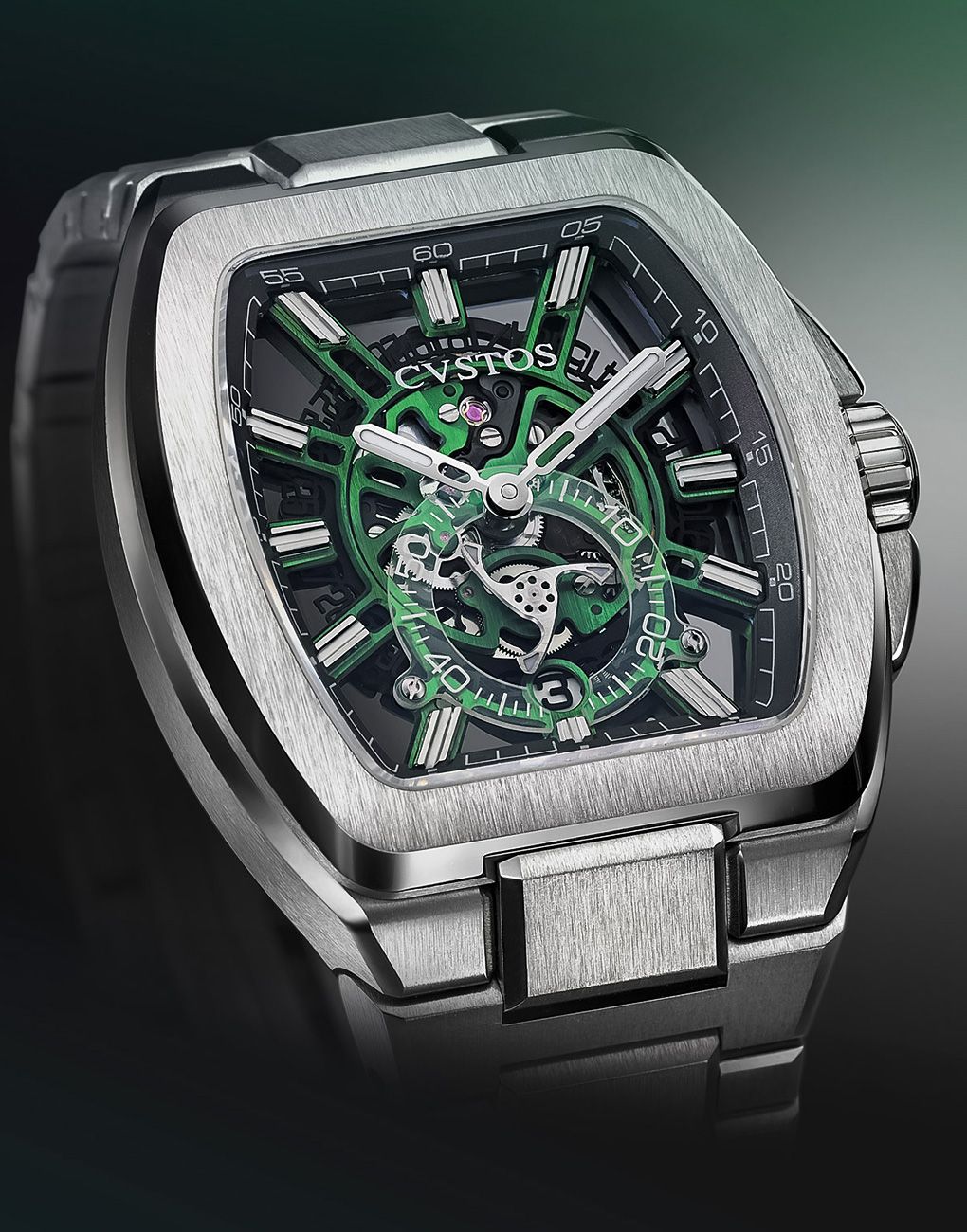
What was your vision behind creating this brand? Where did the name Cvstos come from?
Next year we will celebrate the 20th anniversary of the brand. Back then, 20 years ago, I was around 21 years old. And I wanted to have a watch that fits my spirit, my taste, and also to go more on the modern side. Trying to be creative, with technicity was really the most challenging thing because we had to do skeleton watches 20 years ago. Unlike today, I didn’t have machines, I didn’t have a team. So these were all challenges. That’s why, when we started the brand with my partner, Antonio Terranova—the designer of the brand—we decided to start with the tonneau shape, and to make skeleton watches. The vision was for us to make sporty and technical watches.

Why did you decide to use the tonneau shape?
We have done other shapes too, but I like the tonneau shape, because not so many brands do it. And 20 years ago, the shape was barely seen. There’s Franck Muller, Richard Mille. The competition is anyway very high. Of course, we need to keep improving on creativity. But having worked for many years, with Franck Muller, I was sure I wanted to not be round.
How has the brand evolved over the last 20 years? What were the key milestones?
When I started the brand, we rented a small office in a building, where they rent out spaces. It was a small 40 or 50sq-m office for my partner Antonio and I. A few months later, we started to have nice 3D designs. With those designs. I went to suppliers, telling them that we didn’t have a lot of money, but we did have beautiful projects planned. Then I went to distributors that I knew from my previous job. They loved the designs too. Suppliers agreed to give us some credit, and distributors were already committing to orders. This gave me the confidence to launch our first collection, and we presented in Geneva, during SIHH. There were three or four models in different colours, and the orders kept coming in. The following year, we did over CHF 10 million turnover, and the company was profitable after two years. That was a huge accomplishment, because when you stop school at 17, and start work at 20, there’s a lot on the line, and you don’t want to fail.
One of the main achievements was getting the attention of top retailers from Switzerland, but also America and the Middle East. Then the challenge was more about how to produce the volumes, while maintaining quality, because when you start a new brand, new collection quality is difficult.
A major milestone was developing the factory in Geneva, which we started to renovate in 2008. Soon we stopped working with suppliers for the cases of our watches. We’ve had various partnerships over the year, with Pagani cars and with MotoGP for instance. Then there was the launch of the Sealiner collection, and the launch of our first movement, called Purity. With the in-house capabilities that we’ve developed, we’re like a big brand, even though we are not. We have our own engineers, our own engraving departments, we assemble our watches ourselves. Very little is outsourced. We even make all the parts of our tourbillons in-house.
How has your work with Franck Muller influenced your work with Cvstos?
It’s mostly management that I took from there. Though the first thing I learnt was a not to fail—do everything you can not to fail. It means hard work for sure. You should have a balance when you’re the entrepreneur. If you are too much of an artist, then you either need to find a partner who can make business decisions. Simply having an artistic vision can make it difficult to succeed, because, at the end of the day, you need to sell the watches, you need to also manage the team and be careful about the product. Sometimes when you start from scratch, and things don’t work out for various reasons, you need to be able to reevaluate things. That was a key thing that I learned at Franck Muller—to be efficient and to be able to see a project right through.
Also, with Franck Muller, I got an early start. At the age of eight or nine years, I knew which machine does what, how many people are required to polish a case, and things like that. I won’t say I can do everything, but I know more or less about everything. Knowing things like the chain of production when you are 20 is a good advantage.
What are your annual production numbers like?
It’s about 1,500 watches. And the average price range is between CHF 10,000 and 50,000. This is a good range because it gives us enough flexibility. And my ambition is to make the brand more democratic brand, by which I mean, to not be too niche. I don’t want a watch with 203 components to be unreasonably expensive.
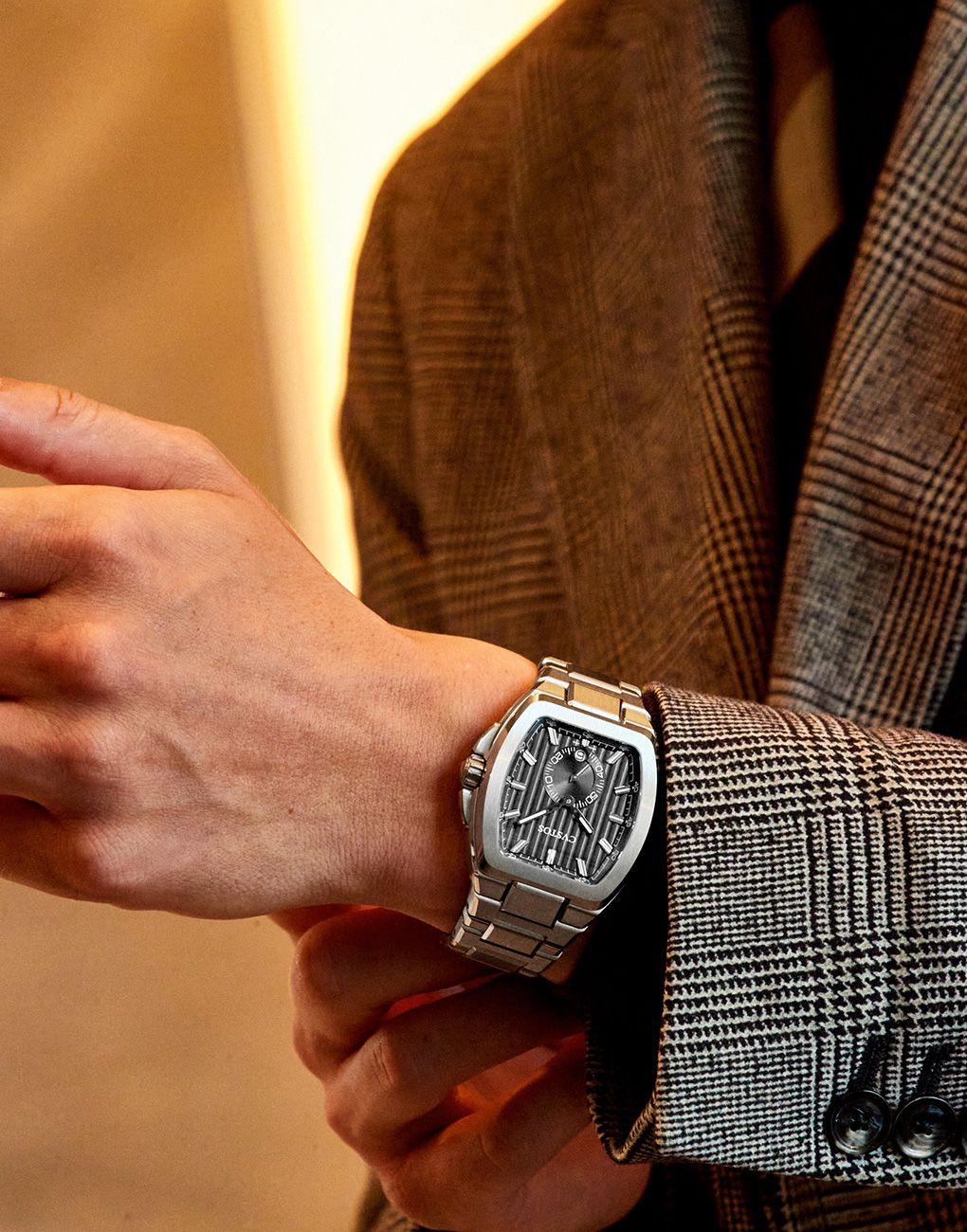
How is your product lineup decided? How far in advance before a launch is a product planned?
It depends on the complexity of the product. Some product takes four or five years to develop and there are some that can take just six months, if for example it’s simply about a new colour or size. During COVID, we started developing the Metropolitan watch, with a special strap that you can change, with an integrated case, and a special movement. All this was done in-house. Maybe it takes a little longer if we outsource. But we can develop a product in like two years, from A to Z. Today, for instance, we’re working on our third calibre, with a micro-rotor, and for that, we started one year ago. And it won’t be ready by next year, so it’ll be out only in 2026. We have maybe five to 10 projects in the pipeline, and maybe four of them will come out.
What are the key elements that one can find across all product pillars?
While every collection has its own DNA, what’s common for everything is the skeleton part. Maybe 80 to 90 percent of the watches are see-through. Whatever the design or the colour palette maybe, our casebacks are always open. They have a special rotors and screws.
Which complication represents the brand? And is there any complication that you would really like to do and you have not done yet?
What’s represents the brand is a difficult question. It’s probably the chronograph. Chronographs are often underestimated.
And, is there a complication that we haven’t done yet? There is something in development, with a micro-rotor. It’s a movement that’s flipped upside down. This means that all the parts that are usually on the back we’re putting it in front. The design is not finalised yet, but you have the balance wheel and the micro-rotor will be in front, with the barrel. So it’s not a complication, it’s a simple high-end movement.
What is the craziest idea that you or the team have had, which you may or may not have executed?
In 2009, we were making a 50mm in gold, and the weight of the watch was about 400g. That was a bit crazy then, for sure.
What are the challenges of being a young brand in an industry that literally has brands that are centuries old?
Well, I think the competition growing stronger and stronger today than when we started. It was easier then, because there were less brands, and there were less brands doing skeleton displays and different shapes. It was more classic. With competition growing stronger, the challenge is to make an even better product for the same price, and to be more innovative. But that doesn’t make us afraid because we have a good team, we have Antonio. The marketing competition is difficult today too, because there are a lot of brands with a lot of assets, and they are like very aggressive. But we focus more on the core, the fabrication of the product and the parts inside.
